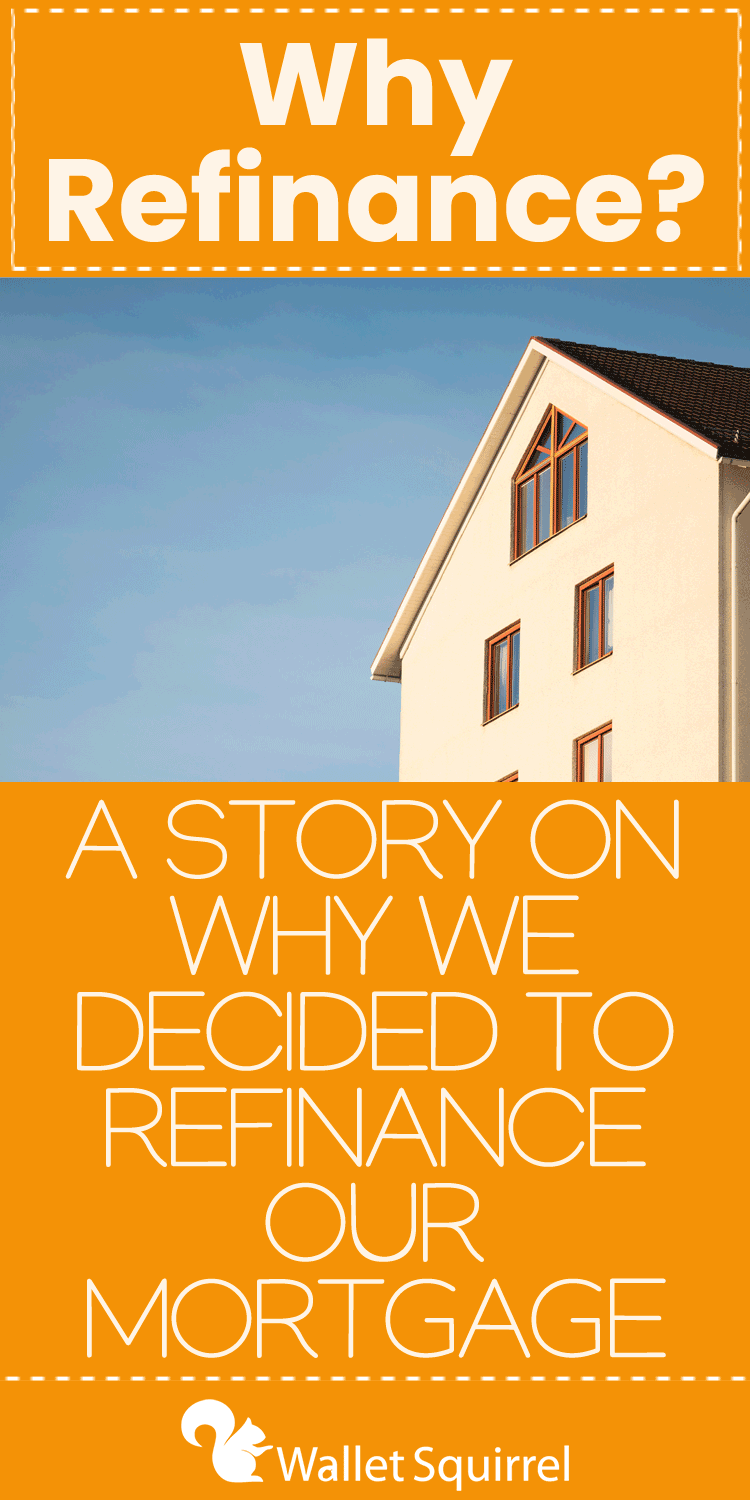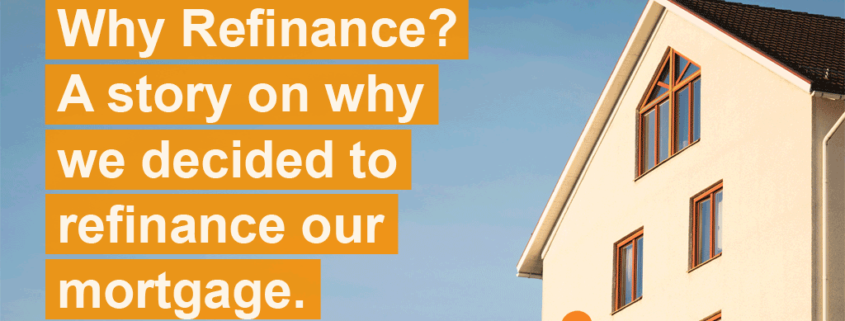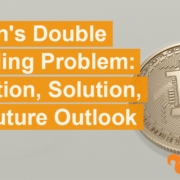Why Refinance? A story on why we decided to refinance our mortgage.

At the beginning of our homeownership journey, my wife and I had trouble answering the question, “Why refinance our mortgage?” We had a very low 3.125% interest rate, so, to me, it just didn’t make sense why we would want to spend thousands of dollars to save $20 a month. And really, that doesn’t make sense.
I seriously started looking into why we should refinance when several of our neighbors began to in the Spring of 2021. At that point, it still didn’t make sense for my wife and me because the cost-benefit ratio was not there.
Still, I was bothered by it, so I kept brainstorming about how we could benefit from refinancing our mortgage. Then one day, a brilliant idea hit me.
Before we get into my wife’s and my story, let us talk about what and why you should refinance your mortgage.
What is Refinancing?
Simply put, refinancing “refers to the process of revising and replacing the terms of an existing credit agreement, usually as it relates to a loan or mortgage.” (Investopedia). Borrowers usually seek to refinance to improve their current contract conditions. Refinancing can be done by businesses or individuals who are looking to save money somewhere.
Today we are focusing our conversation on residential home mortgages that the typical homeowner holds. Most often, these mortgages are refinanced because of lower interest rates. Another common reason for a refinance is because of a significant home value increase. The homeowner will perform a cash-out refinance to make improvements to the home or purchase more materialistic items.
Personally, in most cases, I’m not too fond of the cash-out refinance because you are taking on more debt. Our goal for financial freedom is to get out of debt, not take more on.
Of course, there are always exceptions to that statement.
Why Refinance?
There are so many reasons why people decide to refinance their mortgages. As mentioned before, the most common cause is to lower their interest rate. Locking at a lower rate can sometimes save people a couple of hundred dollars a month. Reducing your interest rate does not always make sense. For example, in 2021, we saw historic low rates that hovered around 3.00%. Spending so much money to refinance your mortgage for a 2.825% interest rate does not make sense. Depending on your situation, it might make more sense if they dropped to somewhere between 2.50% and 2.75%.
There are so many other reasons we would want to refinance, such as the cash-out option, improving your payment schedule, or changing the terms outlined in the contract. Next, we will talk about the couple of reasons why my wife and I decided to refinance.
Our Story
Now that we have a little more context of what and why to refinance, let us get back to my wife’s and my story on why we decided to refinance our mortgage.
Context
We live in the Denver Metro area in Colorado. Like a lot of the country in 2021, the housing market is going crazy! My wife and I bought this house at the beginning of the COVID-19 pandemic for $500,000, which sounds like a lot, but we were able to get the house for under asking price, a rarity in the Denver area. Just after 12 months, the value of our home had increased to $615,000! That is not a bad return in just one year, but we had no way to tap into this equity.
Our Problem
For us, it didn’t make sense to refinance to try to get a lower rate when it was going to cost us just over $6,000. We qualified for a 3.000% loan, but that would only save us $30 a month. At that rate, it would take us over 16 years to pay off the refinancing cost.
For a while, I was bummed trying to think of how we could tap into that $115,000. Sure, we could use it to accomplish some projects around the house, such as refinishing the kitchen and the bathrooms. We did not want to take on any extra debt with about $90,000 in student debt (between my wife and me). Thinking about our student loans eventually led me to my grand idea!
Grand Idea Goals:
- Get rid of private mortgage insurance (PMI)
- Restructure my student loans into our mortgage.
When we bought the house, we were able to put 10% down. After the 2008 housing crash, a new law was introduced that requires homeowners to carry mortgage insurance until they have 20% paid off on the house loan. For us, this insurance costs us $67 every month. Our goal was to use some of that $115,000 to get us up to that 20% to drop the PMI payment.
Next was my student loans. Typically when you refinance to take some cash out, you should expect to pay a slightly higher interest rate. Lenders see these cash-out refinances as higher risk (The Mortgage Reports). For example, if I wanted to cash out the remainder of the $115,000 to finish our kitchen, my loan rate might be 3.125% or 3.250% instead of 3.000%.
If you intend to “payoff” your student loans with the extra home equity, this is not the case because of a Fannie Mae and Freddie Mac program. After some research, we decided to restructure my student loans into our mortgage. Let’s take a look at the pros and cons.
– We are lowering the interest rate from 6% to 3% – We are getting rid of a $550 a month payment
Our Story Conclusion
Overall, we decided to refinance to remove our $67 PMI payment and eliminate my $550 student loan payment. All of this without taking on any more debt! Our mortgage payment would go up by $90 a month, but that was okay because we still save $527 a month. We can now put this extra money into our retirement fund, which will hopefully earn four to six percent more than the three percent my student loans are costing us.
Do What Is Best For You
Every situation is different for people. My wife and I had a unique opportunity that we wanted to take advantage of. We do not plan on leaving this house for another 20-30 years, so it made sense to take advantage of the current housing climate. If the housing market crashes and we go underwater on the house for a few years, that is okay because this is our long-term primary home. It would have been different if this was a secondary home that we rent out.
The moral of today’s story is to be creative and think outside of the box. Do not over-extend yourself and your finances. Be smart.

Wallet Squirrel is a personal finance blog by best friends Andrew & Adam on how money works, building side-hustles, and the benefits of cleverly investing the profits. Featured on MSN Money, AOL Finance, and more!











Leave a Reply
Want to join the discussion?Feel free to contribute!